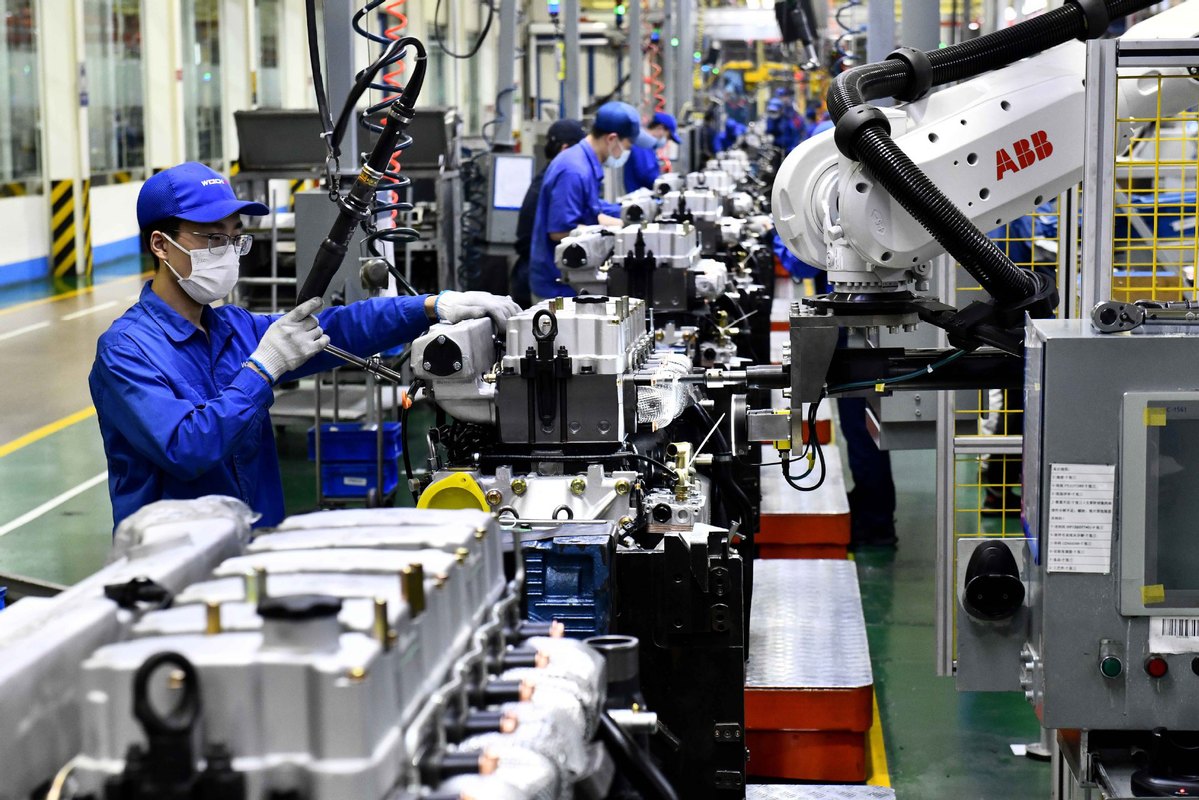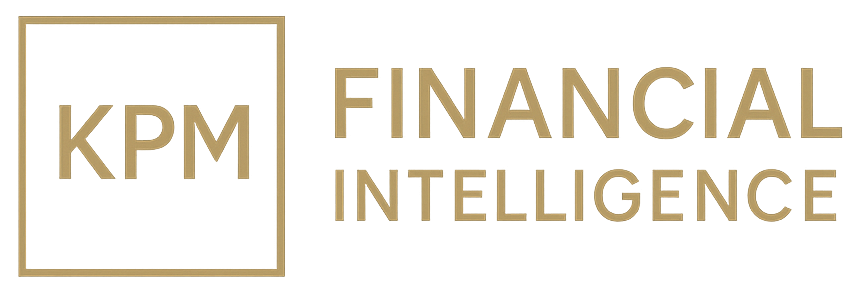China’s Industrial Profits Rebound Gains Pace
China’s industrial profits surged 21.6% in September, extending recovery as authorities cut excess capacity and cleared inventories. Stronger pricing, leaner costs, and policy support in autos and renewables signal firmer margins into early 2026.

China’s industrial profits accelerated sharply in September, extending a nascent recovery as authorities tightened enforcement against overcapacity in select upstream segments and pushed inventory clearance. The 21.6% year-on-year surge reflects improved pricing in parts of chemicals and equipment, cost compression in power-intensive lines, and better working-capital turns as receivables cycles shortened. Policy is nudging state and private firms to consolidate sub-scale plants, re-benchmark quality standards, and shift toward higher-margin components in electronics, autos and renewables.
The macro mix remains delicate. Producer-price disinflation has faded at the margin, but headline CPI is still subdued, keeping real lending rates positive for stronger credits and restrictive for weaker ones. Credit impulse is stabilising as policy banks guide project pipelines in grid, storage and transport. Externally, logistics frictions have eased and imported energy costs are manageable with crude (CL=F) off recent highs; a firm dollar (DXY) caps the RMB’s trade-weighted appreciation but supports exporters’ price competitiveness.
Equities rallied in cyclicals and A-share industrials; credit saw selective spread compression in high-quality SOEs. The transmission channel to household demand remains the weak link: property completions are improving, yet new-home sales stay soft, limiting wealth effects. Export technology sanctions continue to complicate capex planning, though localisation in power electronics and auto platforms offsets part of the drag. The forward view turns on three gauges: monthly industrial-profit breadth (share of sectors positive y/y), private manufacturing PMIs above 50 for two consecutive prints, and inventory-to-sales ratios retracing toward pre-pandemic norms.
If the crackdown on low-efficiency capacity persists while tax rebates and accelerated depreciation stay in place, margin gains can extend into 1H26. Risks are two-sided: too rapid a capacity cull could squeeze employment in certain provinces; too slow, and pricing power backslides. For markets, a stable RMB range, softer commodities and incremental governance reforms would sustain re-rating potential. Gold (XAUUSD) easing would also signal lower domestic hedging demand as confidence builds.





